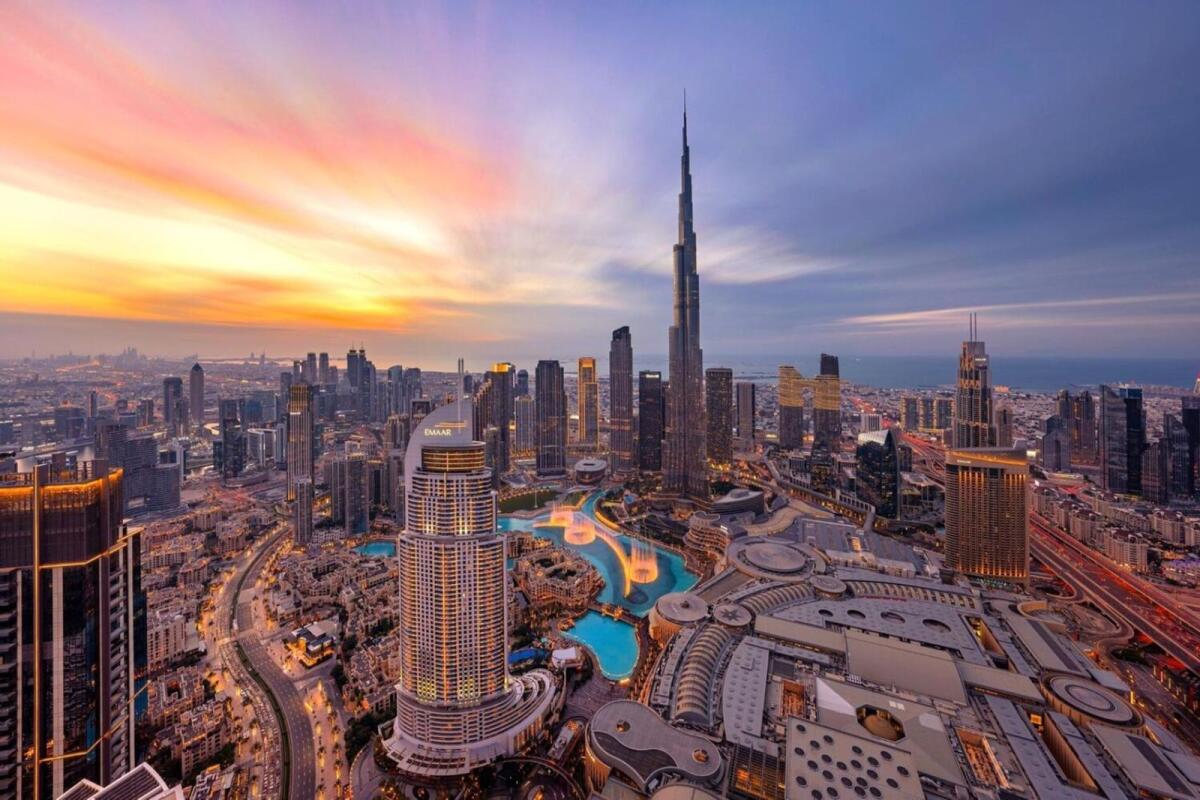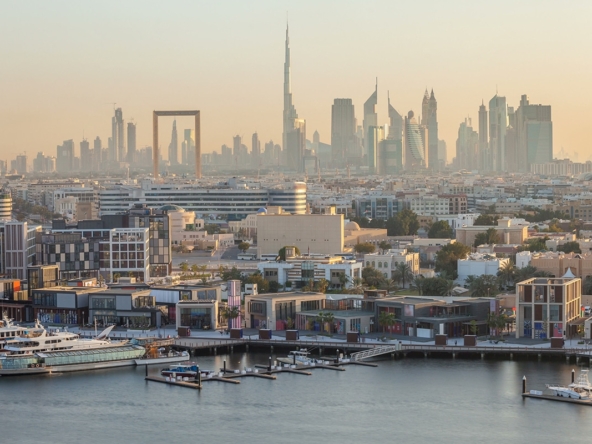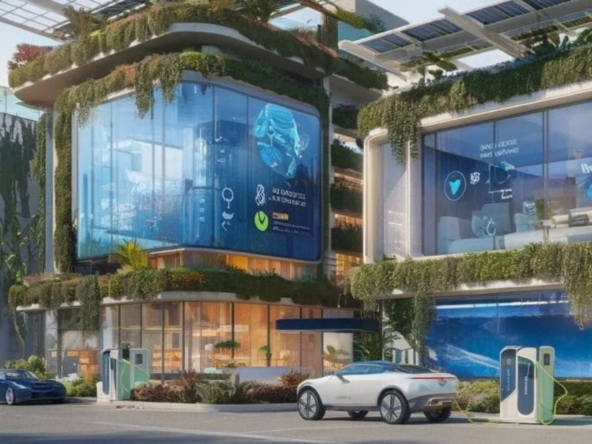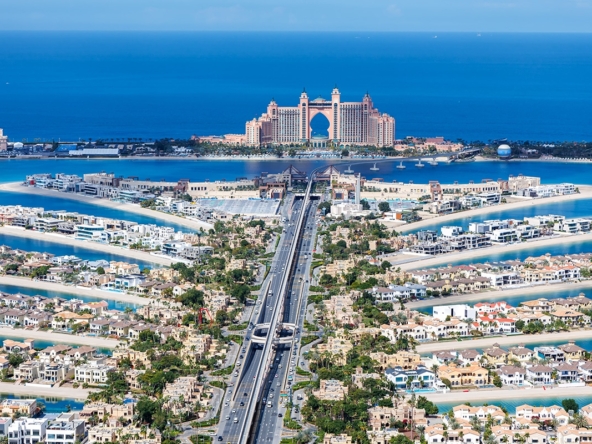Dubai’s real estate market is poised for significant growth in 2025, driven by key factors such as safety and security, robust infrastructure development, increasing population, high capital appreciation, strong rental income, and affordability. These traditional pillars will continue to bolster the market’s resilience and attractiveness.
The market is also expected to benefit from several upcoming projects. Notably, the relocation of Dubai International Airport (DXB) to Dubai South and the introduction of Dubai Metro’s Blue Line will enhance demand for properties in Dubai South. This will also increase interest in communities along major routes like Sheikh Mohamed bin Zayed Road and Emirates Road, further stimulating the real estate sector.
Despite facing regional and global geopolitical uncertainties, Dubai’s real estate market remains robust, showcasing its adaptability and resilience.
Richard Waind, CEO of Betterhomes, reflected on 2024 as a year of mixed outcomes for the real estate market, characterized by both achievements and challenges. Population growth emerged as a significant positive factor, driving substantial demand for both property rentals and ownership.
Another contributing factor was a modest decline in interest rates, although the drop occurred at a slower pace than anticipated. Surprisingly, transaction volumes defied expectations by surging 30%, reaching an estimated 170,000 transactions by year-end. Waind remarked, “2024 was a year of surprises,” underscoring the unpredictable nature of the market.
Looking Ahead to 2025
As 2025 approaches, Waind anticipates a transformative year for Dubai’s real estate sector, driven by the arrival of over 160,000 newcomers. This influx is expected to sustain high transaction volumes and maintain upward pressure on property prices, with growth becoming a norm for the city.
The growing popularity of branded residences is also a trend to watch. Waind foresees an increase in tech-branded properties, envisioning developments like Tesla Tower, Meta Mansions, and Apple Apartments as part of Dubai’s innovative landscape.
Following a record-breaking year with 170 developers launching new projects—averaging nearly one every 16 hours—Waind predicts a natural cooling-off period in new developments.
He remains optimistic about the city’s ability to adapt and thrive in changing global and local environments, highlighting Dubai’s resilience and innovative spirit. “From population growth to cutting-edge projects, Dubai continues to set benchmarks in real estate,” Waind remarked, calling 2025 a “transformative chapter” for the city.
Safety and Infrastructure: Top Priorities
Fawaz Sous, CEO of Octa Properties, emphasized the importance of safety and security for property buyers, particularly those purchasing outside their home countries. Sous pointed out that these factors are especially significant for individuals in mid-to-high wealth brackets.
“Safety and security are paramount considerations for buyers, and Dubai excels in providing them,” he noted. Additionally, Dubai’s continuous focus on infrastructure development has been a cornerstone of its real estate growth.
Sous highlighted Dubai’s strategic decision to maintain infrastructure development even during the 2008 financial crisis, which has paid off by supporting real estate growth over the years. He also acknowledged the city’s proactive efforts to address challenges like increasing traffic due to population growth.
More Supply, More Choices in 2025
Looking ahead, both investors seeking high capital appreciation and rental gains and end-users aspiring to own properties will find an expanded array of options in 2025.
Cushman and Wakefield Core Research projects that Dubai will see 42,000 new units delivered in 2025, a significant increase from the 33,600 units handed over in 2024. This surge in supply will primarily cater to the mid and affordable segments, which are anticipated to witness growing demand in the coming years, following a strong performance by the luxury and ultra-luxury markets.
Sous noted that a large portion of this new supply will target areas like Dubai South and communities along Sheikh Mohamed bin Zayed Road and Emirates Road, including Jumeirah Village Circle, Dubai Silicon Oasis, and Arjan. Developers are increasingly focusing on these areas, driven by Dubai’s decision to relocate its main airport to Al Maktoum International Airport.




